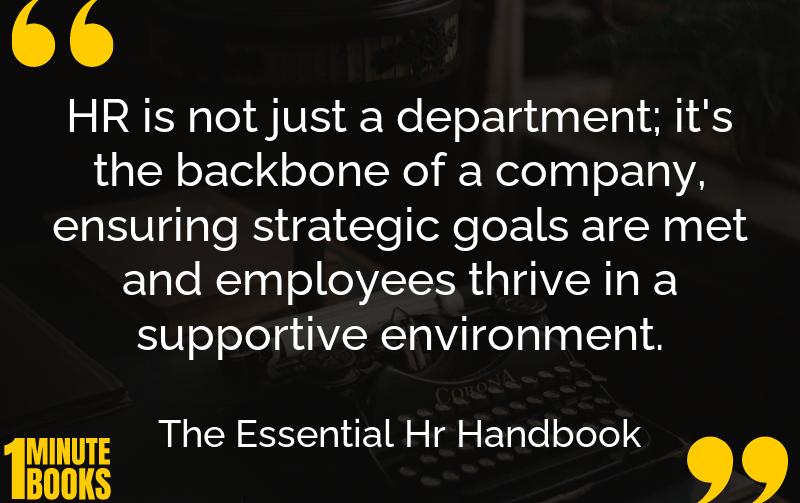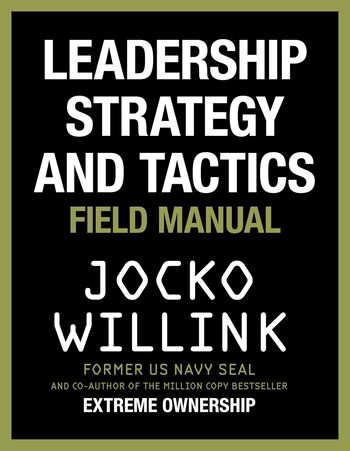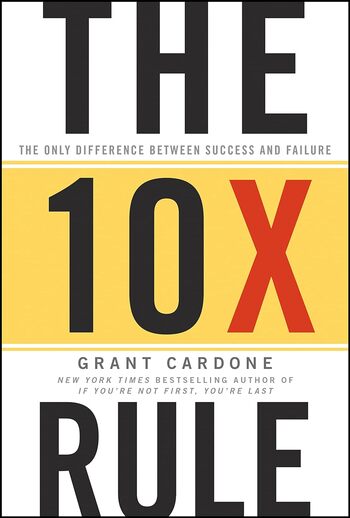
The Essential HR Handbook emphasizes the importance of integrating HR into strategic business planning, covering recruitment, onboarding, training, evaluations, and adapting to modern workplace changes.
Main Lessons
- HR strategy must align with overall business goals to ensure success.
- Strategic planning involves defining an organization’s purpose, setting future goals, and adjusting to meet objectives.
- Effective HR teams research labor laws, handle work visas, and develop competitive benefits.
- Thorough job understanding is crucial for recruiting and retaining the right talent.
- Orientation and onboarding ease new employees’ transitions and reduce turnover.
- Ongoing training adapts employees to new technologies and policies.
- Performance reviews should focus on positive feedback and employee development.
- Behavioral interviews draw on past performance to predict future success.
- Employee referrals can indicate workplace satisfaction and provide quality candidates.
- Understanding diverse cultural and linguistic backgrounds is essential in modern HR.
- The Kirkpatrick Model offers a framework for evaluating training effectiveness.
- Managers should create inclusive policies respecting diverse backgrounds.
- Transparency in termination protects company and employee relations.
- A positive HR approach keeps the door open for former employees’ return.
- Employee feedback should be specific, accurate, and timely to maximize efficacy.








